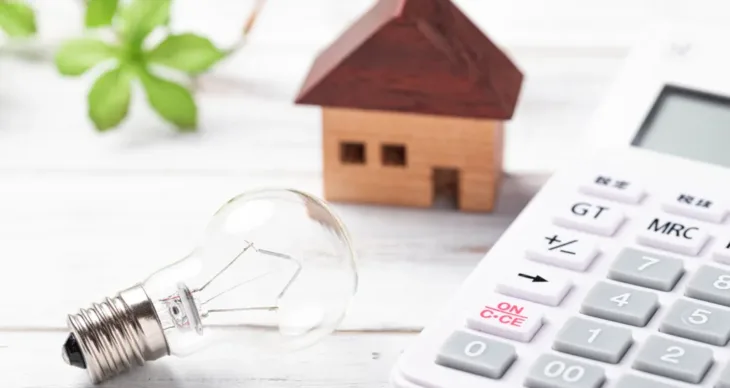The Low Income Home Energy Assistance Program (LIHEAP) can help with bills, broken appliances, and other energy-related costs. Each state runs its own version of LIHEAP and determines which residents qualify and what type of energy assistance it provides, like heating, cooling, or both.
LIHEAP benefits can cover energy-related bills, like your electrical, gas, oil, kerosene, and even firewood in some areas. Many states have both heating and cooling utility bill assistance and benefit thresholds for each service. But some northern states do not offer benefits for cooling, such as Michigan, Ohio, and Vermont.
States also have a “crisis” allotment that is usually higher than regular LIHEAP benefits, so you could qualify for both regular and crisis funds. Each state has a different definition of a crisis. Here are some general examples:
· A household member’s health and/or well-being would likely be endangered if energy assistance is not provided.
· Utility companies discontinued service or sent a notice to a household.
· A household ran out of fuel or will shortly, such as within 24 to 48 hours.
· Weather conditions interrupt a household’s primary energy supply and another type of energy is necessary.
If you have no way to pay for a high utility bill or repair an energy appliance, you can check your state’s program requirements. Each state sets a maximum income limit, but you generally do not qualify if you earn more than 150% of the federal poverty level or 60% of the state’s median income.
Some states may automatically qualify you for this program if you participate in other programs, such as the following:
· Temporary Assistance for Needy Families (TANF)
· Supplemental Nutrition Assistance Program (SNAP)
· Social Security Income (SSI)
· Veteran programs
Your state may use different income measurements for allotted benefits, like funds for heating, cooling, weatherization, and an energy crisis. For example, Arizona’s maximum income limit for heating and cooling is 60% of the state’s median income, but the limit for weatherization is 200% of the federal poverty guidelines.
Other criteria may include:
· Citizenship or legal immigration status.
· State residency.
· Being the household member responsible for paying utility bills.
The Low Income Household Water Assistance Program (LIHWAP) helps with water and wastewater expenses. Your state government may have additional housing assistance programs that can help you pay for other monthly expenses.
The Lifeline Program may be able to lower your landline, cell phone, or internet bill. This program deducts $9.25 per month from your individual bill or bundled services. However, you cannot receive a deduction for each communication bill. The program limits discounts to one per household.
If you qualify, the government pays the funds directly to the provider on your behalf. You’ll need to recertify annually, and you can change your provider as needed. Like LIHEAP, you may automatically qualify if you participate in other government programs, including Public Housing and Medicaid. Otherwise, you may qualify based on your income. Your household must usually earn less than 135% of the federal poverty level in most areas.
By Admin –
